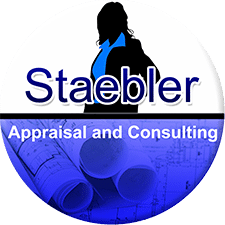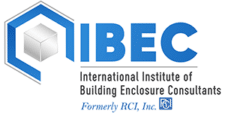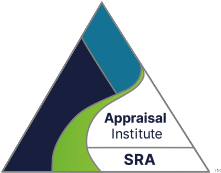First, let me clarify what ISO stands for:
The Insurance Services Office (ISO) is a leading source of information for risk management in the insurance industry. ISO provides information for many professions and industry sectors like insurance carriers, finance sector, health services, and real estate in general. Their products help their customers to measure, manage and reduce risk.
Most insurance carriers depend on ISO classifications when it comes to determine the quality of your building and Citizens does not even accept an insurance appraisal without an ISO classification.
ISO came up with six construction classes for commercial buildings:
ISO 1 Frame
Buildings with exterior walls, floors and roof of combustible construction.
ISO 2 Joisted Masonry
Buildings with exterior walls of masonry, but with combustible roofs and floors.
ISO 3 Noncombustible
Buildings with exterior walls, floors and roofs of noncombustible or slow burning material; structural steel, walls and roofs are noncombustible, slow burning fiberglass insulation (for example a warehouse).
ISO 4 Masonry Noncombustible
Buildings with exterior walls of masonry, not less than four inches thick, or buildings with exterior walls of fire-resistive construction with a rating of not less than one hour and noncombustible or slow-burning roofs, regardless of the type of insulation on the roof surface (for example a full masonry building with concrete floors, concrete roof and built-up or membrane roof cover).
ISO 5 Modified Fire Resistive
Buildings with exterior walls, floors and roofs of masonry materials not less than four inches thick or fire-resistance rating less than two hours but not less than one hour. This classification also includes structural steel protection techniques.
ISO 6 Fire Resistive
Exterior walls of solid masonry, including reinforced concrete not less than four inches thick, hollow masonry not less than twelve inches thick; exterior non-bearing walls and wall panels may be slow burning, combustible or with no fire-resistance rating. Floors and roof are cast-in-place and at least four inch thick; the building contains also cast-in-place reinforced beams and columns. All structural steel needs to be protected with proper steel protection techniques. Both, pre- and post-tensioned concrete units have steel cables installed in the concrete to provide tensile strength.
The foregoing is an abbreviated version of the ISO classification which can be found on the website of ISO.
The point being made in this blog is to educate property owners as to the difficulty of determining the proper ISO classification for a commercial building. If the building is twenty years or older, it is unlikely to find the construction plans at the responsible building department and in most cases the condo association boards did not maintain the construction files.
ISO 1, 2, and 3 are easy to classify; however, without construction plans it is very difficult to apply the correct ISO classification, especially between ISO 5 and ISO 6, as it is not readily visible and therefore needs to be clarified with the help of the blueprints.
It becomes even more difficult, when the building consists of two or even three different construction classifications and the question is, if an appraiser or an insurance agent has enough construction background to be able to evaluate which construction has the majority in the building and which ISO classification has to be applied.
It would be too easy to say, well, let us use the lower classification, because the lower the classification, the higher will be the risk and with that the insurance premium. On the other hand, if a higher classification is falsely used, the property owner will pay the ultimate price in the case of a loss, because the insurance will penalize the property or even deny the claim.
Therefore, in some cases it is advisable to have an ISO inspection performed, which takes the liability off the condominium association board, the insurance agent and the appraiser and sets the record straight, once and for all.
Insurance agents and appraisers form a team to be your risk advisors, but don’t be tempted to think that these two professionals know everything. Every profession has its limitations and you should recognize that.
As always, if you have questions, please feel free to use the comment section or send me an email.








